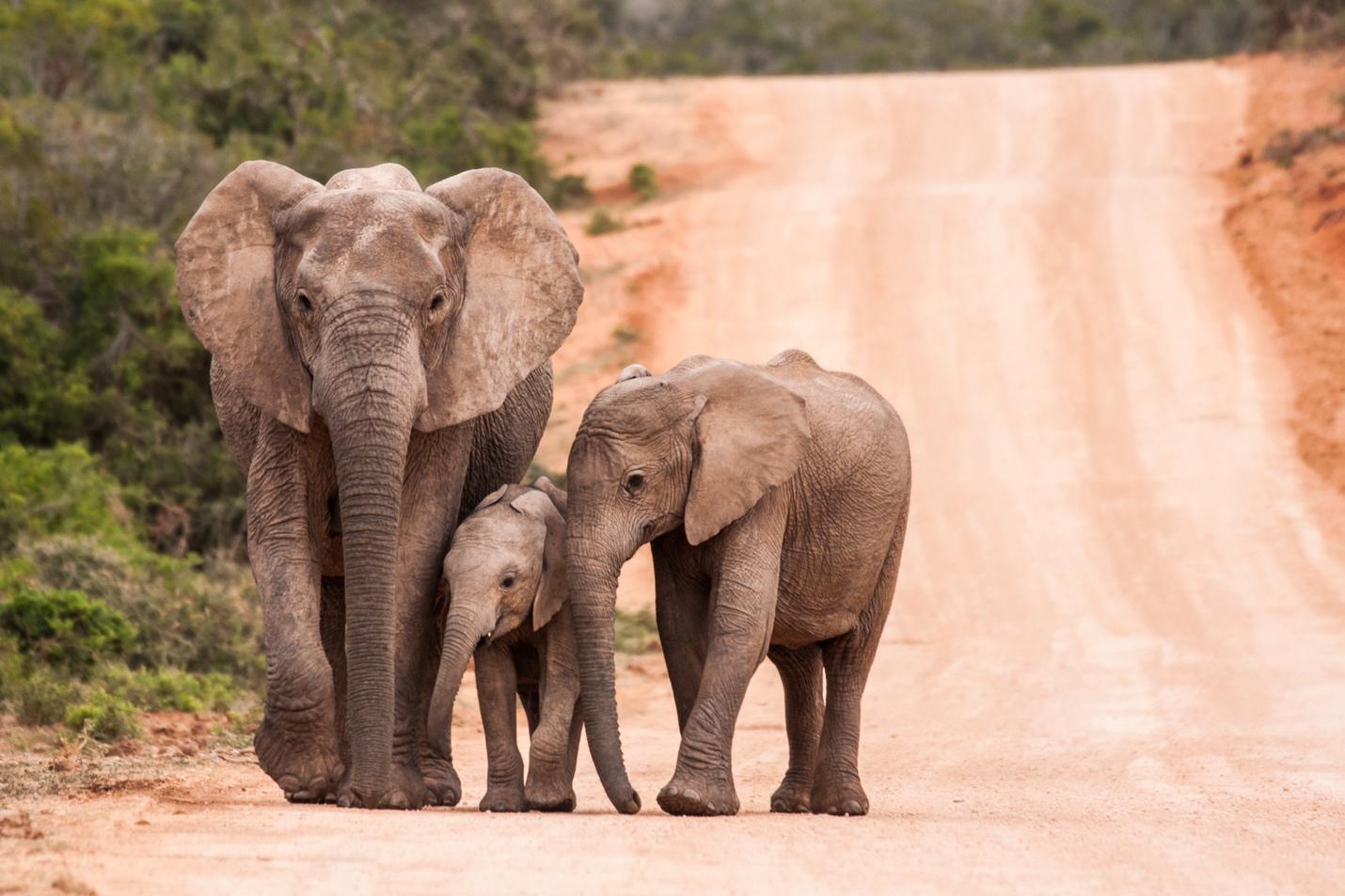
Travel brings many surprises, but few moments are as rewarding as spotting animals in their natural environment. These glimpses can happen in forests, fields, coastlines, or even across the sky. For families, witnessing wildlife together becomes a shared memory that sticks, often more than any souvenir ever could.
What Is a Wildlife Window?
A wildlife window is the short period when animals are most likely to be active and visible. These windows vary by species, location, and season. They can be influenced by temperature, daylight, food supply, and even human activity. While zoos offer guaranteed sightings, there is something uniquely special about spotting a herd, flock, or solo creature in the wild, completely on its own schedule.
Some animals are crepuscular, meaning they are most active around dawn and dusk. Others follow seasonal rhythms, migrating through specific regions or emerging from hibernation for just a few weeks. Missing these windows can mean hiking all day without a single sighting. But arriving during peak times, even briefly, can deliver an unforgettable moment.
Timing and Geography Matter
Each region offers its own natural calendar. In Alaska, late summer brings salmon runs that attract bears. In Central America, sea turtles come ashore at night to lay eggs in early spring. Understanding local cycles can help travelers align their plans with periods of high animal activity.
For those wondering what to see in New Zealand, for example, the spring and summer months between October and March offer a higher chance of viewing fur seals, penguins, and native bird species. Fiordland crested penguins and Hector's dolphins are elusive, but more likely to appear during these warmer, longer days.
Teaching Patience and Presence
For children especially, wildlife spotting encourages quiet observation and patience. Waiting silently along a trail or peering into treetops trains focus and sharpens the senses. Rather than rushing from one destination to the next, families learn to slow down, listen, and watch. It is often in those pauses that nature reveals itself.
Binoculars, guidebooks, and even local park rangers can help identify what you are seeing and when to look for it. But sometimes the best discoveries are unplanned. A deer crossing the road at sunrise or a birdcall heard from a campsite might become the highlight of an entire trip.
Planning for Magic Without Expectation
While it is helpful to plan around likely sightings, nature is never fully predictable. Wildlife may be plentiful one day and scarce the next. The key is to create space for these moments, not to chase them. Leave early, stay late, linger on a trail, and take the long way back. The right moment might arrive when you least expect it.
Traveling as a family offers many ways to connect, and wildlife windows are a quiet but powerful one. With the right timing and a bit of patience, the natural world offers something far more meaningful than a schedule could ever promise. For more information, look over the accompanying infographic.



























